Un modelo de interacción no lineal para la toma de decisiones en sistemas duales
Resumen
Las teorías de la cognición de doble proceso, popularizadas por el psicólogo y ganador del premio Nobel en Economía Daniel Kahneman y su colaborador Amos Tvesrky, describen la toma de decisiones como la interacción entre un sistema rápido e intuitivo (sistema uno) y un sistema lento y deliberativo (sistema dos). A pesar de las grandes descripciones cualitativas, una simple formalización matemática de su interacción sigue siendo difícil de alcanzar. Por lo tanto, en este artículo, propongo un modelo algebraico novedoso que captura la sinergia no lineal entre estos dos sistemas a través de una identidad fundamental que involucra la diferencia de cuadrados centrada en su activación promedio. Esta formulación cuantifica el equilibrio cognitivo y la integración, mostrando que la toma de decisiones óptima surge de la participación estrecha y simétrica de ambos sistemas. El modelo ofrece un marco lento pero poderoso para simular la dinámica cognitiva, explicar las variaciones en la calidad de las decisiones y explorar los sesgos que surgen del dominio o la fatiga del sistema. Finalmente, discuto las posibles aplicaciones en neurociencia e inteligencia artificial, destacando la capacidad del modelo para unir la teoría cualitativa con la predicción cuantitativa.
Descargas
Citas
Berthet, V. (2022). The Impact of Cognitive Biases on Professionals’ Decision-Making: A Review of Four Occupational Areas. Frontiers in Psychology, 12, 802439. https://doi.org/10.3389/fpsyg.2021.802439
Bezerra, S., Cherruault, Y., Fourcade, J., & Veron, G. (1996). A mathematical model for the human decision-making process. Mathematical and Computer Modelling, 24(10), 21–26. https://doi.org/10.1016/S0895-7177(96)00161-6
Bramham, J., Morris, R. G., Hornak, J., Bullock, P., & Polkey, C. E. (2009). Social and emotional functioning following bilateral and unilateral neurosurgical prefrontal cortex lesions. Journal of Neuropsychology, 3(Pt 1), 125–143. https://doi.org/10.1348/174866408X293994
Cabrera, D., Thomas, J. F., Wiswell, J. L., Walston, J. M., Anderson, J. R., Hess, E. P., & Bellolio, M. F. (2015). Accuracy of ‘My Gut Feeling:’ Comparing System 1 to System 2 Decision-Making for Acuity Prediction, Disposition and Diagnosis in an Academic Emergency Department. Western Journal of Emergency Medicine, 16(5), 653–657. https://doi.org/10.5811/westjem.2015.5.25301
Cerracchio, E., Miletić, S., & Forstmann, B. U. (2023). Modelling decision-making biases. Frontiers in Computational Neuroscience, 17. https://doi.org/10.3389/fncom.2023.1222924
Cohen, J. Y., Haesler, S., Vong, L., Lowell, B. B., & Uchida, N. (2012). Neuron-type specific signals for reward and punishment in the ventral tegmental area. Nature, 482(7383), 85–88. https://doi.org/10.1038/nature10754
Curto, C., Itskov, V., Veliz-Cuba, A., & Youngs, N. (2015). The neural ring: An algebraic tool for analyzing the intrinsic structure of neural codes (No. arXiv:1212.4201). arXiv. https://doi.org/10.48550/arXiv.1212.4201
Damasio, A. R. (1996). The somatic marker hypothesis and the possible functions of the prefrontal cortex. Philosophical Transactions of the Royal Society of London. Series B, Biological Sciences, 351(1346), 1413–1420. https://doi.org/10.1098/rstb.1996.0125
Deco, G., Scarano, L., & Soto-Faraco, S. (2007). Weber’s Law in Decision Making: Integrating Behavioral Data in Humans with a Neurophysiological Model. The Journal of Neuroscience, 27(42), 11192–11200. https://doi.org/10.1523/JNEUROSCI.1072-07.2007
Dehaene, S., & Changeux, J. P. (2000). Reward-dependent learning in neuronal networks for planning and decision making. Progress in Brain Research, 126, 217–229. https://doi.org/10.1016/S0079-6123(00)26016-0
Dehaene, S., Kerszberg, M., & Changeux, J.-P. (1998). A neuronal model of a global workspace in effortful cognitive tasks. Proceedings of the National Academy of Sciences of the United States of America, 95(24), 14529–14534. https://doi.org/10.1073/pnas.95.24.14529
Ernst, M., & Paulus, M. P. (2005). Neurobiology of decision making: A selective review from a neurocognitive and clinical perspective. Biological Psychiatry, 58(8), 597–604. https://doi.org/10.1016/j.biopsych.2005.06.004
Fintz, M., Osadchy, M., & Hertz, U. (2022). Using deep learning to predict human decisions and using cognitive models to explain deep learning models. Scientific Reports, 12(1), 4736. https://doi.org/10.1038/s41598-022-08863-0
Haley, J. A., & Chalasani, S. H. (2024). C. elegans foraging as a model for understanding the neuronal basis of decision-making. Cellular and Molecular Life Sciences: CMLS, 81(1), 252. https://doi.org/10.1007/s00018-024-05223-1
Haley, J. A., Chen, T., Aoi, M., & Chalasani, S. H. (2025). Accept-reject decision-making revealed via a quantitative and ethological study of C. elegans foraging. eLife, 13. https://doi.org/10.7554/eLife.103191.2
Kahneman, D. (2003). A perspective on judgment and choice: Mapping bounded rationality. The American Psychologist, 58(9), 697–720. https://doi.org/10.1037/0003-066X.58.9.697
Kahneman, D. (2011). Thinking, Fast and Slow. Farrar, Straus and Giroux.
Kahneman, D., Sibony, O., & Sunstein, C. R. (2021). Noise: A Flaw in Human Judgment. Little, Brown.
Manes, F., Sahakian, B., Clark, L., Rogers, R., Antoun, N., Aitken, M., & Robbins, T. (2002). Decision-making processes following damage to the prefrontal cortex. Brain: A Journal of Neurology, 125(Pt 3), 624–639. https://doi.org/10.1093/brain/awf049
McGraw, A. P., Larsen, J. T., Kahneman, D., & Schkade, D. (2010). Comparing gains and losses. Psychological Science, 21(10), 1438–1445. https://doi.org/10.1177/0956797610381504
McLaughlin, A. E., Diehl, G. W., & Redish, A. D. (2021). Potential roles of the rodent medial prefrontal cortex in conflict resolution between multiple decision-making systems. International Review of Neurobiology, 158, 249–281. https://doi.org/10.1016/bs.irn.2020.11.009
Morewedge, C. K., & Kahneman, D. (2010). Associative Processes in Intuitive Judgment. Trends in Cognitive Sciences, 14(10), 435–440. https://doi.org/10.1016/j.tics.2010.07.004
Myers, C. E., Interian, A., & Moustafa, A. A. (2022). A practical introduction to using the drift diffusion model of decision-making in cognitive psychology, neuroscience, and health sciences. Frontiers in Psychology, 13, 1039172. https://doi.org/10.3389/fpsyg.2022.1039172
Rilling, J. K., King-Casas, B., & Sanfey, A. G. (2008). The neurobiology of social decision-making. Current Opinion in Neurobiology, 18(2), 159–165. https://doi.org/10.1016/j.conb.2008.06.003
Rilling, J. K., & Sanfey, A. G. (2011). The neuroscience of social decision-making. Annual Review of Psychology, 62, 23–48. https://doi.org/10.1146/annurev.psych.121208.131647
Sakagami, M., & Pan, X. (2007). Functional role of the ventrolateral prefrontal cortex in decision making. Current Opinion in Neurobiology, 17(2), 228–233. https://doi.org/10.1016/j.conb.2007.02.008
Steffener, J., Li, K., Alain, S., & Frasnelli, J. (2016). Quantifying Neural Efficiency and Capacity: A Differential Equation Interpretation of Polynomial Contrasts (No. arXiv:1606.06249). arXiv. https://doi.org/10.48550/arXiv.1606.06249
Tanimoto, Y., & Kimura, K. D. (2019). Neuronal, mathematical, and molecular bases of perceptual decision-making in C. elegans. Neuroscience Research, 140, 3–13. https://doi.org/10.1016/j.neures.2018.10.010
Tenenbaum, J. B., Griffiths, T. L., & Kemp, C. (2006). Theory-based Bayesian models of inductive learning and reasoning. Trends in Cognitive Sciences, 10(7), 309–318. https://doi.org/10.1016/j.tics.2006.05.009
Tversky, A., & Kahneman, D. (1974). Judgment under Uncertainty: Heuristics and Biases. Science, 185(4157), 1124–1131. https://doi.org/10.1126/science.185.4157.1124
Varshney, L. R., Chen, B. L., Paniagua, E., Hall, D. H., & Chklovskii, D. B. (2011). Structural Properties of the Caenorhabditis elegans Neuronal Network. PLoS Computational Biology, 7(2), e1001066. https://doi.org/10.1371/journal.pcbi.1001066
García Sanclemente, S. G., Sánchez Jaramillo, E. A., & Orellana Márquez, L. V. (2025). Los Microaprendizajes como Estrategias Didácticas que Potencian el Desarrollo Cognitivo. Ciencia Y Reflexión, 4(2), 507–519. https://doi.org/10.70747/cr.v4i2.271
Escalante Jiménez, J. L., Rodríguez Colón, P. L., & Polanco García, C. Y. (2025). Inteligencia artificial en contextos educativos: un acercamiento desde una revisión documental sistemática. Ciencia Y Reflexión, 4(2), 325–349. https://doi.org/10.70747/cr.v4i2.241
Jiménez Gómez, R. (2025). Análisis de la Heterogeneidad Estructural de las Regiones de Costa Rica. Ciencia Y Reflexión, 4(2), 37–66. https://doi.org/10.70747/cr.v4i2.244
Derechos de autor 2025 Carlos Ledesma-Alonso

Esta obra está bajo licencia internacional Creative Commons Reconocimiento 4.0.









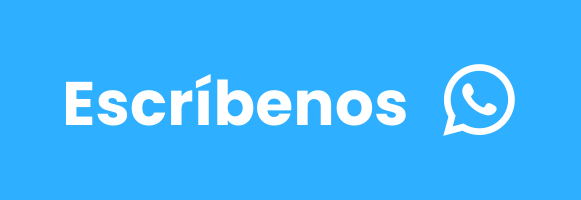


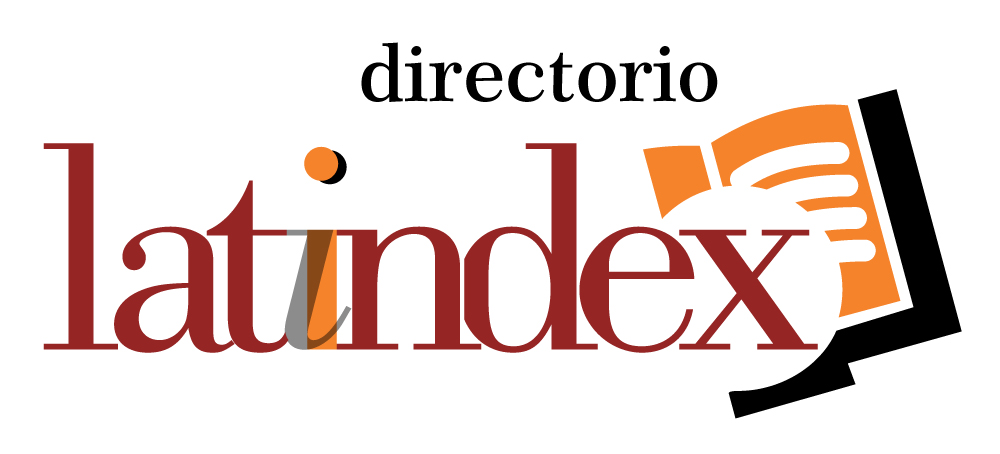
.png)
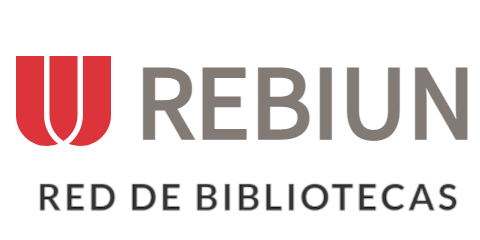







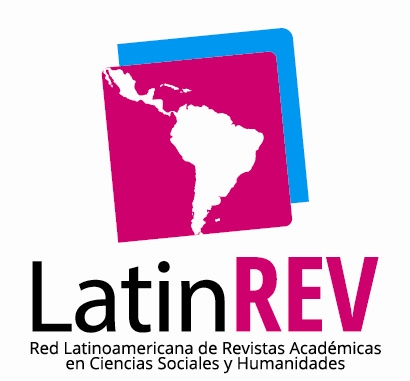

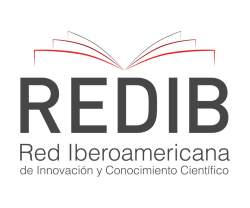


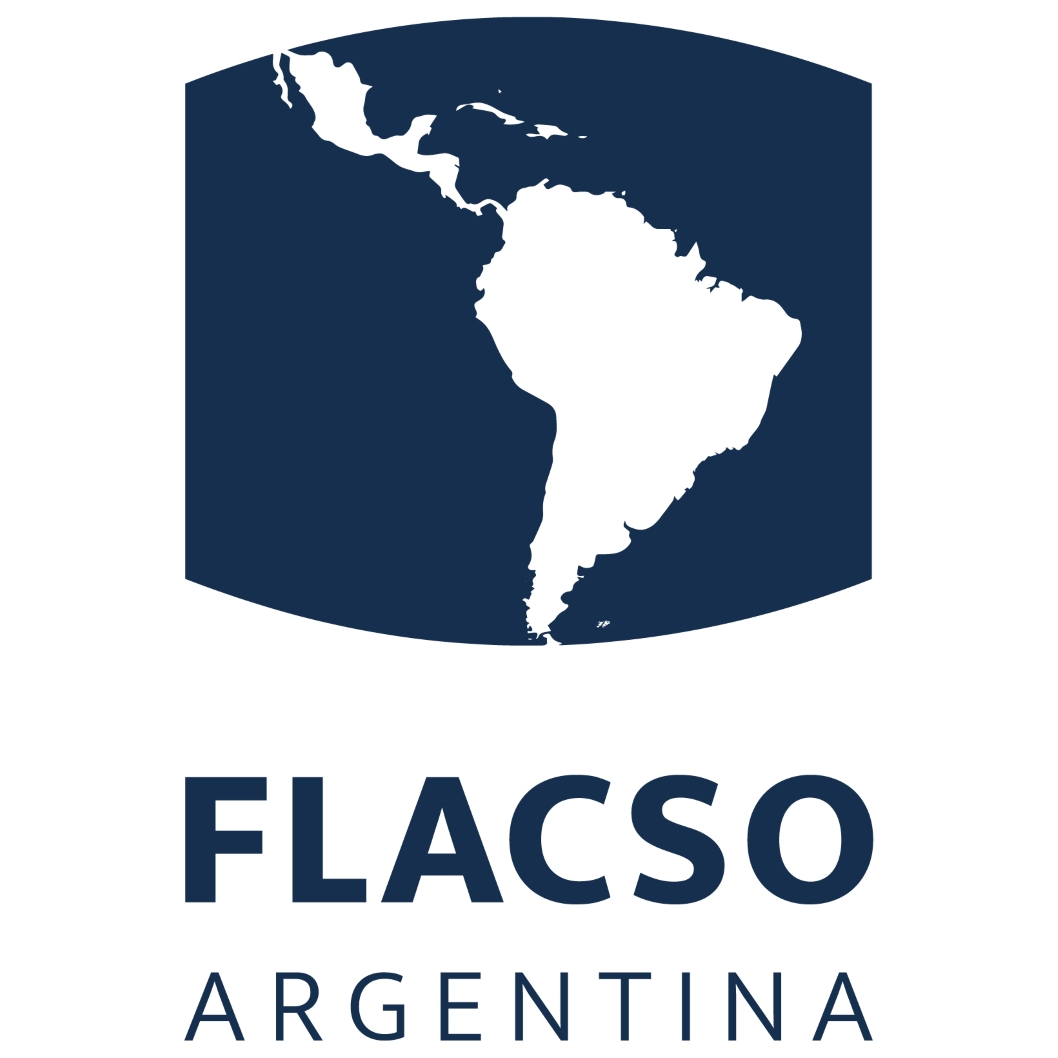






.png)
1.png)


